This blog was written by Annie Homer, UK Department for International Development (DFID) and originally published on the Global Partnership for Education website on 21 April 2020. Containing transmission through pandemics brings challenges for keeping children safe and learning but the experience from Ebola shows these are not insurmountable.
While COVID-19 is different from Ebola, the heightened vulnerability of children, particularly girls, during containment is not new. Sierra Leone – where I work – has been here before. Two of the main issues to look out for are:
- Reproductive health and choice: During the Ebola epidemic, the effects of school closures and strict quarantining led to an estimated 14,000 to 18,000 spike in adolescent pregnancies. Many girls were driven to engaging in transactional sex to support themselves. Others were married early to reduce the economic ‘burden’ on households. Funding for sexual and reproductive health services were diverted to the Ebola response. As a result, fewer girls returned to school when they reopened due to pregnancy, marriage and extreme poverty.
- Child abuse: Evidence is emerging from around the world that rates of domestic and gender-based violence are soaring during the COVID-19 pandemic. School closures and job losses increase the amount of time girls spend with older men, which can result in exploitation and abuse. Quarantining inadvertently isolates victims with their perpetrators and limits their access to support services.
What can be done to protect vulnerable children?
Based on my experience of reprioritizing DFID’s girls’ education programs and drawing on a rapid review of actions to mitigate the impacts of disease outbreaks like Ebola on education, I offer the following thoughts to help guide those preparing COVID-19 responses:
1.Prioritize activities based on strong evidence of what works
Although schools in Sierra Leone are closed until further notice, there are many ways to “keep education moving.” As DFID Sierra Leone adapts and reprioritizes our education and social development activities, we are focussing on the following areas:
- Remote radio learning (academic and extra-curricular) including sex education and life skills
- Safe spaces for vulnerable children to access support and informal education
- Mass media for wider messaging on harmful practices, like child marriage and sexual and gender-based violence
- Gender and child sensitive messaging on COVID-19 reaching low literacy audiences.
A random control trial of a girls’ empowerment program during Ebola found that safe spaces successfully mitigated some of the secondary risks of disease containment for girls. While enrollment rates fell by 16% in the hardest hit communities, the presence of safe spaces halved this decrease to just 8% when schools reopened. Pregnancy among unmarried girls also fell by a similar percentage (7.5%) in communities with active safe spaces.
2. Coordination is key, as is enlisting local leaders
A criticism of the Education in Emergencies Taskforce set up during Ebola was that it did not formally link to the wider government response. It is important that line ministries get behind a single national response plan. Having a clear division of labor between donors and government will avoid duplication and save resources.
The National Ebola Recovery Strategy highlighted a gradual loss of trust in state institutions with communities opting instead to work with traditional leaders to find solutions. Local councils and chiefs must be involved, and their collaboration secured, from the outset.
Organizations like DFID can work with local civil society organizations, many of whom have experience of tackling disease outbreaks.
3.Consistent messaging adapted for different audiences
Many Sierra Leoneans are not fluent in the two main languages of communication: Krio and English. We can reinforce public health responses by using teachers as channels for key prevention messages. UN Women have produced a helpful guide on including marginalized and vulnerable people in risk communications.
Communications on key risks to children, like preventing transactional sex and clamping down on child marriage, should be tailored to the audience, be they young, old, literate or illiterate.
Again, we can learn from Ebola where a DFID-funded ‘Getting Ready for School’ project was rapidly re-designed to be aired over radio. 36 young facilitators created engaging content in three local languages. A final program evaluation reported a reach of approximately 137,000, mostly children, and strong endorsement from adults that the programming had contributed to their child’s learning.
4.Use technology to leave no one behind
Globally, smart phone proliferation has made connecting people easier and faster. It is possible to provide remote teacher mentoring via mobiles, thus safeguarding program staff and beneficiaries. We can also provide a virtual support network to young women leading the safe spaces to help them deal with challenging situations and maintain a critical link with communities.
Technology helps us to map our geographical footprint and identify underserved areas for further targeting. During and after the pandemic, we will use geo-mapping to connect vulnerable people to health facilities for maternal, family planning, and other lifesaving care.
Acting on past lessons to mitigate the likely future impacts of COVID-19
Sierra Leone has demonstrated it is possible to deliver continuous remote learning and link vulnerable children to critical support outside of their homes.
The experience of Ebola has provided us with useful lessons – but they need to be applied for history not to repeat itself.
While the onus has been on cutting edge scientific breakthroughs to find a cure for the virus, much of our response to the secondary impacts of the pandemic can be grounded in evidence of what has gone before.
As the well-known saying goes in Sierra Leone “a new broom sweeps clean, an old broom knows the corners”.
Useful resources
Bandeira et. al. “The Economic Lives of Young Women in the Time of Ebola”
Institute for Development (2016). Final Evaluation of the Pikin-toPikin Project.
CARE. Gender Implications of Covid-19 outbreaks in Developing and Humanitarian Contexts
Center for Global Development. How Will COVID-19 Affect Women and Girls in Low- and Middle-Income Countries?
Fraser, (2020). Impact of COVID-19 Pandemic on Violence against Women and Girls
Hallgarten et al. (March, 2020). “Evidence on Efforts to Mitigate the Negative Educational Impact of Past Disease Outbreaks”
Mundy and Hares (March 2020) Managing Education Systems During COVID-19: An Open Letter to A Minister of Education.
The Lancet, March 2020. COVID-19: The Gendered Impacts of the Outbreak

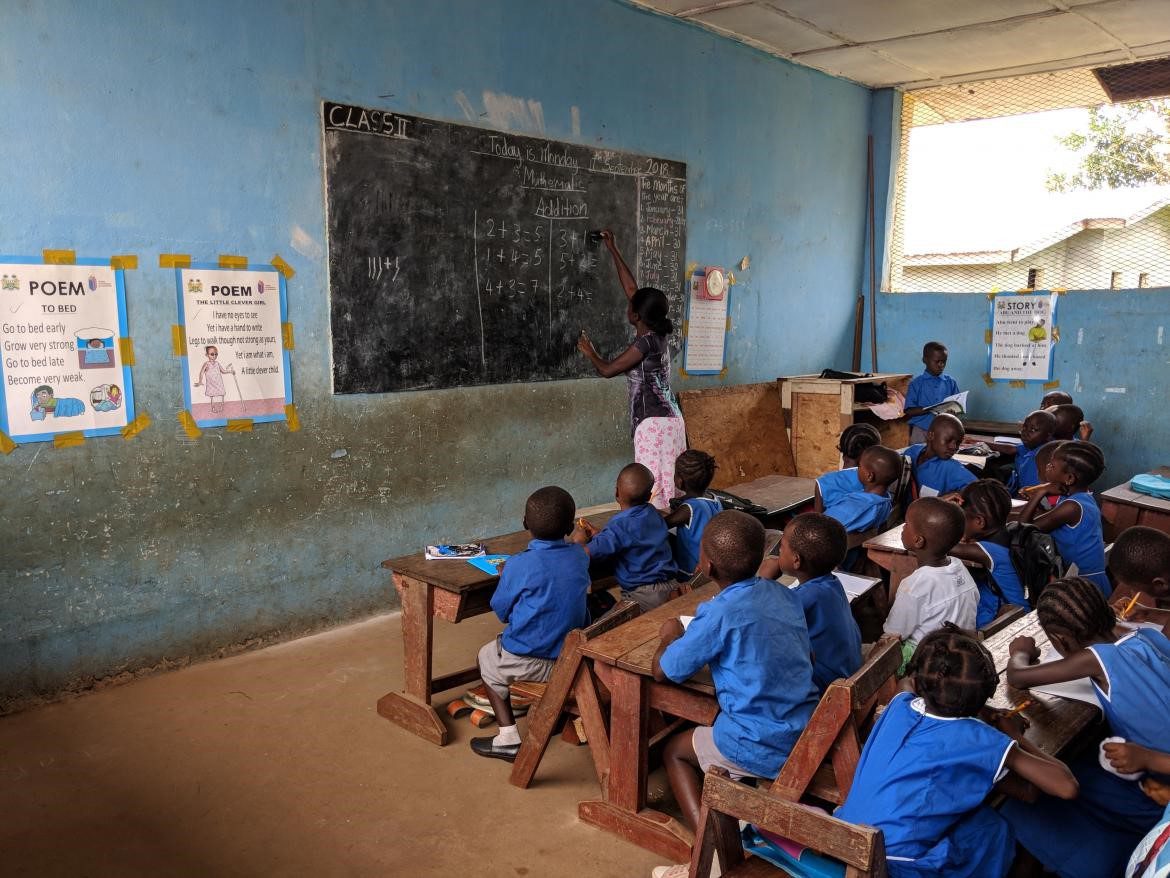
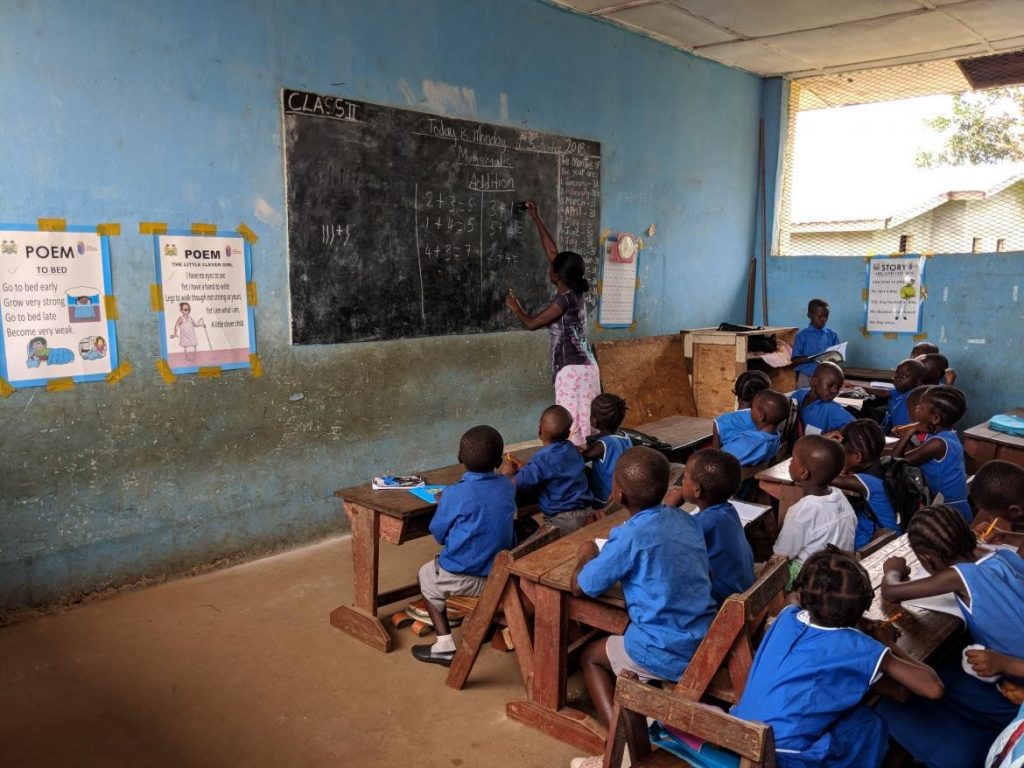
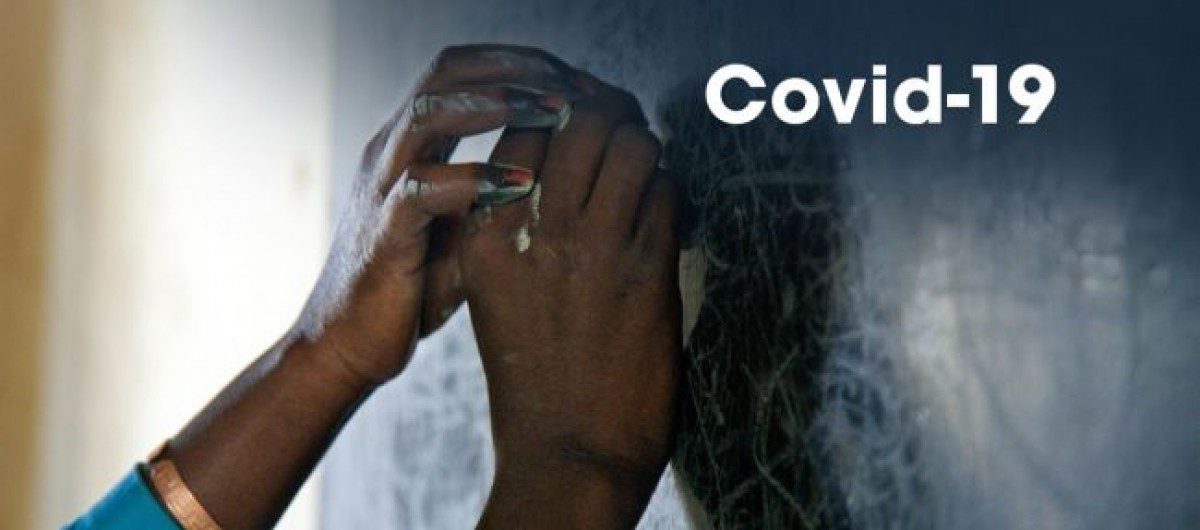
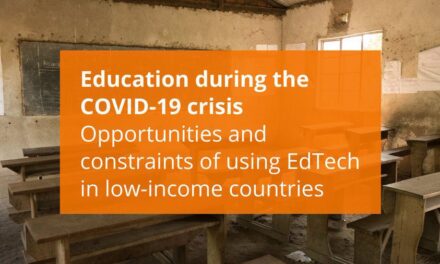
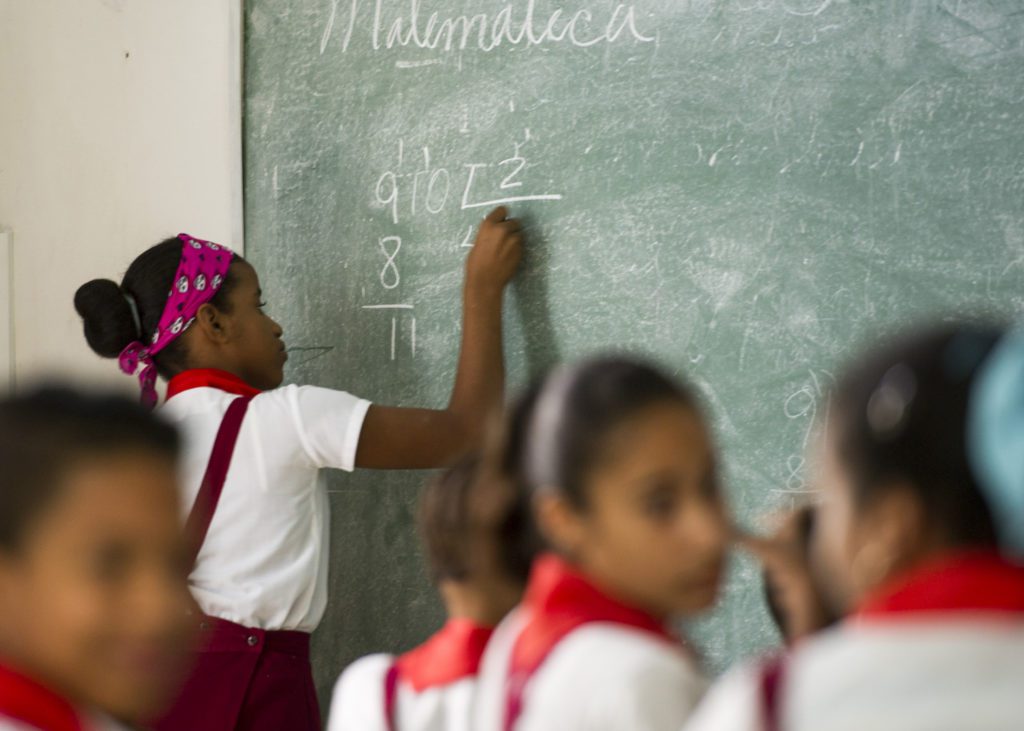
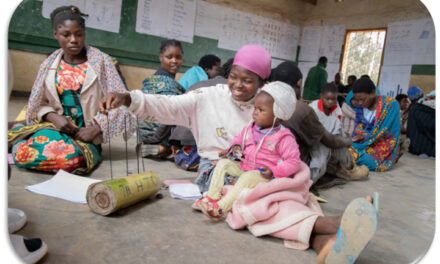
Technology need to be enhanced both by the public and private sector to the rural/remote school ensuring that no one is left behind. The article above has touched and unearthed facts which have been exposed by the covid19 pandemic.
May stakeholders take this pandemic phase as an opportunity to restrategise education policies that foster inclusiveness. It is a wakeup call to scale up future catastrophes such as the covid19.